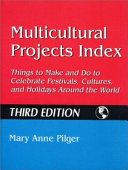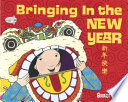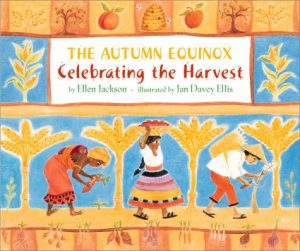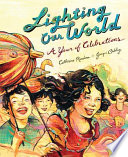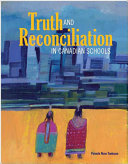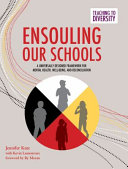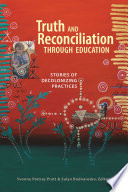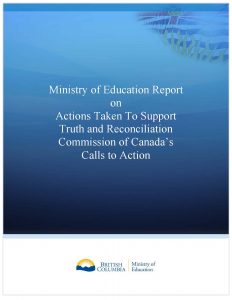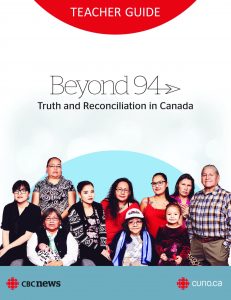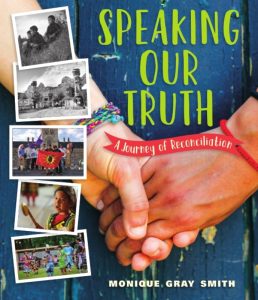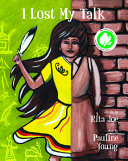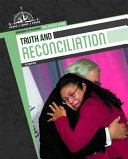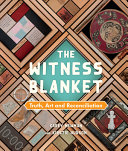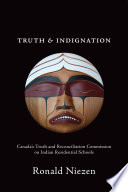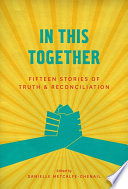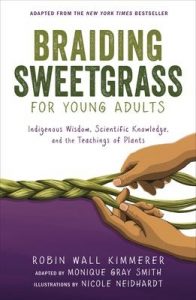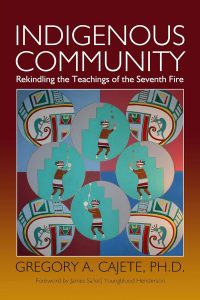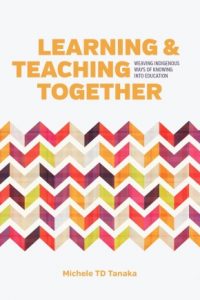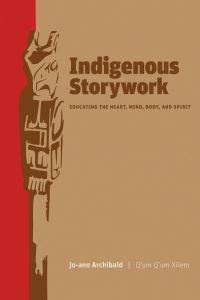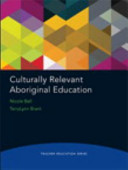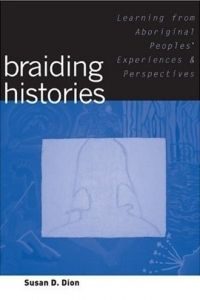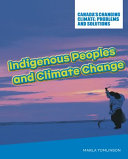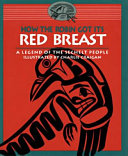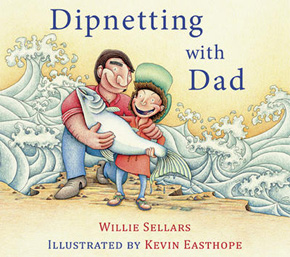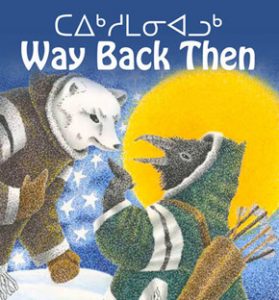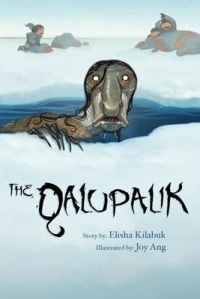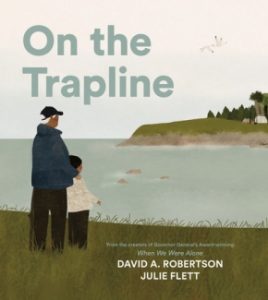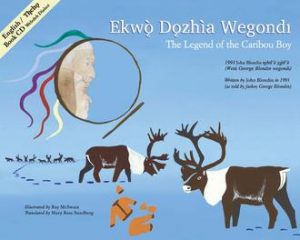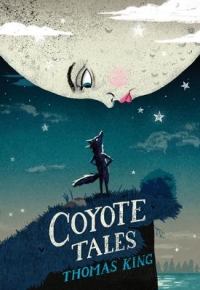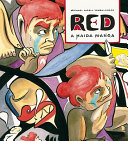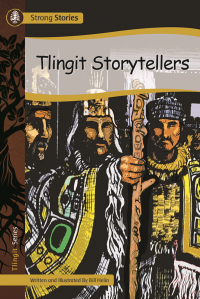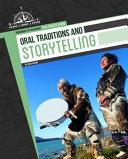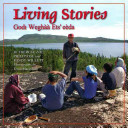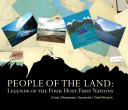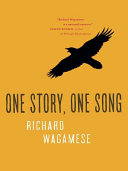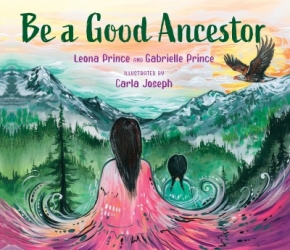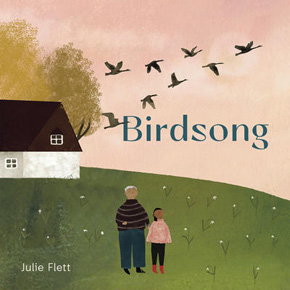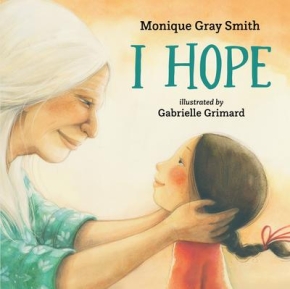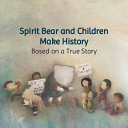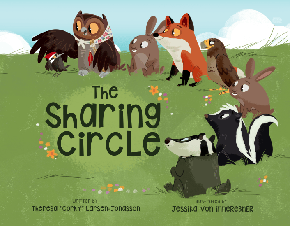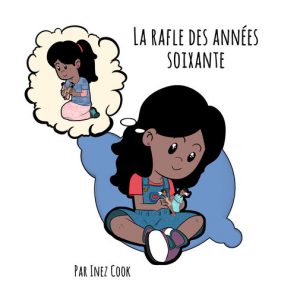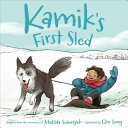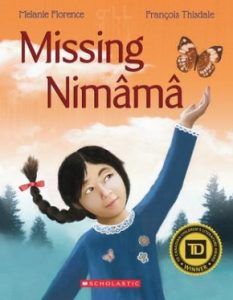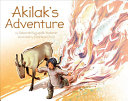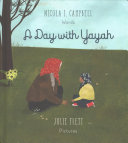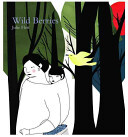Listed below are selected teacher resources, picture books, fiction, and non-fiction related to the history and impact of residential schools.
Vous trouverez ci-dessous une sélection de ressources pour les enseignants, de livres d’images, d’ouvrages de fiction et d’ouvrages non romanesques liés à l’histoire et à l’impact des pensionnats.
Teacher Resources (Ressources pour les enseignants)
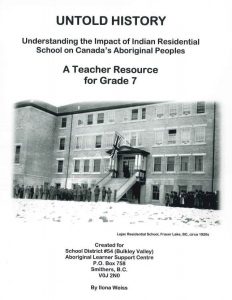 Untold history: understanding the impact of Indian residential school on Canada’s aboriginal peoples,
Untold history: understanding the impact of Indian residential school on Canada’s aboriginal peoples,
by Ilona Weiss; edited by Sharon Campbell
Niveau scolaire (Grade level): 7
Presented as a series of lessons created for students to better understand how residential schools impacted Indigenous peoples across Canada. Looking towards gaining compassion and empathy for experiences of the past as well as those that continue to affect Indigenous communities today.
 Shingwauk’s vision : history of Native residential schools,
Shingwauk’s vision : history of Native residential schools,
by J.R. Miller
Niveau scolaire (Grade level): K – 12
Starting with the foundations of residential schooling in seventeenth-century New France, Miller traces the modern version of the institution that was created in the 1880s, and, finally, describes the phasing-out of the schools in the 1960s. He looks at instruction, work and recreation, care and abuse, and the growing resistance to the system on the part of students and their families. Based on extensive interviews as well as archival research, Miller’s history is particularly rich in Native accounts of the school system.
 Teacher guide for Sugar Falls: learning about the history and legacy of residential schools,
Teacher guide for Sugar Falls: learning about the history and legacy of residential schools,
by Christine M’Lot.
Niveau scolaire (Grade level): 9 – 12
Sugar Falls: A Residential School Story includes sensitive topics (e.g., abuse, trauma); therefore, it is most appropriate for grades 9–12. The activities in this guide are most appropriate for courses such as English Language Arts, Social Studies, History, Global or Contemporary Issues, as well as Current Topics in First Nations, Métis, and Inuit Studies. They could be adapted for use at the university or college level.
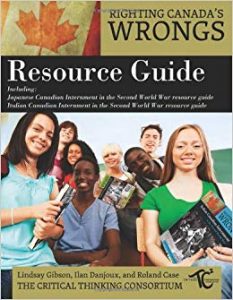 Righting Canada’s Wrongs (Resource Guide),
Righting Canada’s Wrongs (Resource Guide),
by Lindsay Gibson, Llan Danjoux, and Roland Case
Niveau scolaire (Grade level): 9 – 12
Seven lessons that will engage students while they learn about some of the important events in Canada’s history that helped shape our current multicultural society. Includes support for teaching about Canada’s past treatment of ethnic minorities and how to approach the topic of racism.
 The residential school system in Canada: Understanding the past, seeking reconciliation, building hope for tomorrow (Teacher’s guide),
The residential school system in Canada: Understanding the past, seeking reconciliation, building hope for tomorrow (Teacher’s guide),
from Northwest Territories. Department of Education, Culture and Employment, Legacy of Hope Foundation, & Nunavut. Department of Education.
Niveau scolaire (Grade level): 10
A teacher guide with twelve activities, each of which helps students examine and develop an understanding of aspects of the history and legacy of the residential school system and participate in the journey towards reconciliation.
 Indian Residential Schools & Reconciliation,
Indian Residential Schools & Reconciliation,
by First Nations Educational Steering Committee (FNESC)
Niveau scolaire (Grade level): 5 & 10 – 12
Teacher resources which are meant to help students attain an understanding of the history of the relationship between Aboriginal and non-Aboriginal people over Canada’s history. The primary learning resources are published literature, enabling a cross-curricular approach employing both Language Arts and Social Studies learning standards.
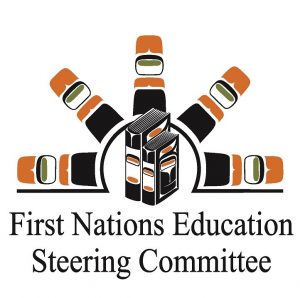 FNESC Additional Resources: Indian Residential Schools and Reconciliation,
FNESC Additional Resources: Indian Residential Schools and Reconciliation,
by First Nations Educational Steering Committee (FNESC)
Niveau scolaire (Grade level): Préscolaire – 12 (PreK-12)
A comprehensive list of resources related to “Indian Residential Schools and Reconciliation” prepared by the First Nations Education Steering Committee.
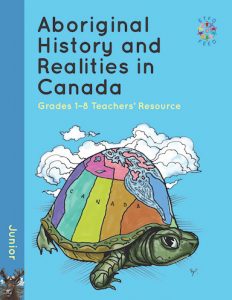 Aboriginal history and realities in Canada (Teacher Resource),
Aboriginal history and realities in Canada (Teacher Resource),
by Beverly Papove and the Elementary Teachers’ Federation of Ontario
Niveau scolaire (Grade level): 1 – 8
A teachers’ resource for elementary teachers across Ontario to help them present a more accurate representation of both the traditional and the contemporary historical realities that have defined the relationship between First Nations and the dominant cultures of Canada.
Picturebooks
 I am not a number,
I am not a number,
by Jenny Kay Dupuis & Kathy Kacer; illustrated by Gillian Newland
Niveau scolaire (Grade level): 2 – 6
When eight-year-old Irene is removed from her First Nations family to live in a residential school she is confused, frightened, and terribly homesick. She tries to remember who she is and where she came from, despite the efforts of the nuns in charge at the school who tell her that she is not to use her own name but instead use the number they have assigned to her.
 When we were alone,
When we were alone,
by David Robertson, illustrated by Julie Flett
Niveau scolaire (Grade level): 1 – 12
When a young girl helps tend to her grandmother’s garden, she begins to notice things that make her curious. Why does her grandmother have long, braided hair and beautifully coloured clothing? Why does she speak another language and spend so much time with her family? As she asks her grandmother about these things, she is told about life in a residential school a long time ago, where all of these things were taken away.
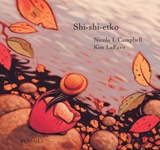 Shi-shi-etko,
Shi-shi-etko,
by Nicola I. Campbell, illustrated by Kim LaFave
Niveau scolaire (Grade level): 1 – 10
Shi-shi-etko just has four days until she will have to leave her family and everything she knows to attend residential school. She spends her last precious days at home treasuring and appreciating the beauty of her world: the dancing sunlight, the tall grass, each shiny rock, the tadpoles in the creek, her grandfather’s paddle song. Her mother, father, and grandmother, each in turn, share valuable teachings that they want her to remember.
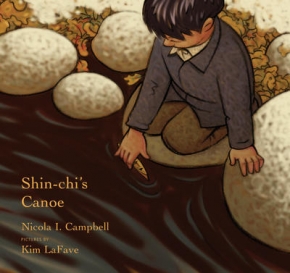 Shin-chi’s canoe,
Shin-chi’s canoe,
by Nicola I. Campbell, illustrated by Kim LaFave
Niveau scolaire (Grade level): 1 – 10
A sequel to Shi-shi-etko. Forced to use only people’s English names and not speak to his siblings at school, Shin-chi holds fast to the canoe given to him by his father, hopeful that things will then improve for his family and the people he loves. (Also available in French.)
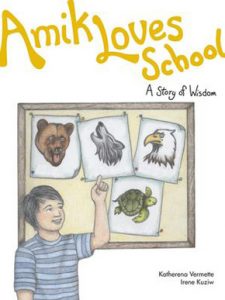 Amik loves school: A story of wisdom,
Amik loves school: A story of wisdom,
by Katharina Vermette, illustrated by Irene Kuziw
Niveau scolaire (Grade level): Préscolaire – 3 (PreK-3)
Amik tells Moshoom about his wonderful school. Then his grandfather tells him about the residential school he went to, so different from Amik’s school, so Amik has an idea…
 Stolen words,
Stolen words,
by Melanie Florence, illustrated by Gabrielle Grimard
Niveau scolaire (Grade level): 1 – 4
When a little girl asks her grandfather how to say something in his language – Cree – he admits that his language was stolen from him when he was a boy. The little girl then sets out to help her grandfather find his language again. (Also available in French.)
Fiction
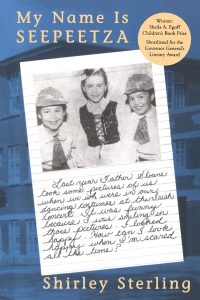 My name is Seepeetza,
My name is Seepeetza,
by Shirley Sterling
Niveau scolaire (Grade level): 4 – 8
Her name was Seepeetza when she was at home with her family. But now that she’s living at the Indian residential school her name is Martha Stone, and everything else about her life has changed as well. Seepeetza finds bright spots, but most of all she looks forward to summers and holidays at home.
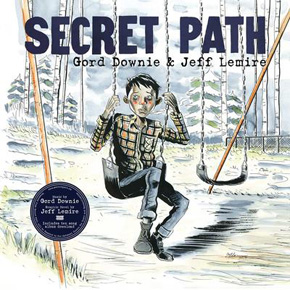 Secret path,
Secret path,
by Gord Downie & Jeff Lemire
Niveau scolaire (Grade level): 6 – 11
Secret Path is a ten song album by Gord Downie with a graphic novel by illustrator Jeff Lemire that tells the story of Chanie “Charlie” Wenjack, a twelve-year-old boy who died in flight from the Cecilia Jeffrey Indian Residential School fifty years ago.
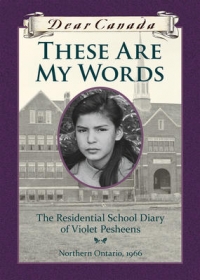 These are my words: The residential school diary of Violet Pesheens,
These are my words: The residential school diary of Violet Pesheens,
by Ruby Slipperjack
Niveau scolaire (Grade level): 5 – 7
Violet is struggling to adjust to her new life at residential school. She misses her Grandma; she has run-ins with Cree girls; at her “white” school, everyone just stares; and everything she brought has been taken from her, including her name-she is now just a number. But worst of all, she has a fear. A fear of forgetting the things she treasures most, and a fear of forgetting who she was. Her notebook is the one place she can record all of her worries, and heartbreaks, and memories. (Also available in French.)
 Sugar Falls: A residential school story,
Sugar Falls: A residential school story,
by David Alexander Robertson, illustrated by Scott B. Henderson, original storyboards by Scott Keewatin Sanderson
Niveau scolaire (Grade level): 9 – 12
Abandoned as a young child, Betsy was soon adopted into a loving family. A few short years later, at the age of 8, everything changed. Betsy was taken away to a residential school. There she was forced to endure abuse and indignity, but Betsy recalled the words her father spoke to her at Sugar Falls — words that gave her the resilience, strength, and determination to survive.
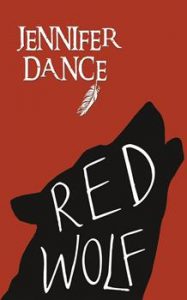 Red wolf,
Red wolf,
by Jennifer Dance
Niveau scolaire (Grade level): 9 – 12
Starving and lonely, an orphaned timber wolf is befriended by a boy named Red Wolf. But under the Indian Act, Red Wolf is forced to attend a residential school far from the life he knows, and the wolf is alone once more. Courage, love and fate reunite the pair, and they embark on a perilous journey home.
Non-Fiction
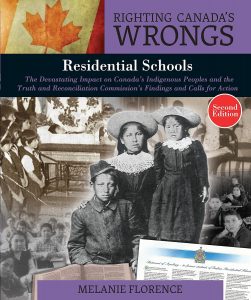 Residential schools: the devastating impact on Canada’s Indigenous Peoples and the Truth and Reconciliation Commission’s findings and calls for action,
Residential schools: the devastating impact on Canada’s Indigenous Peoples and the Truth and Reconciliation Commission’s findings and calls for action,
by Melanie Florence
Niveau scolaire (Grade level): 4 – 6
Through historical photographs, documents, and first-person narratives from First Nations, Inuit, and Metis people who survived residential schools, this book offers an account of the injustice of this period in Canadian history, and documents how this official racism was confronted and finally acknowledged.
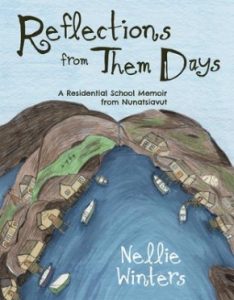 Reflections from them days: a residential school memoir from Nunatsiavut,
Reflections from them days: a residential school memoir from Nunatsiavut,
by Nellie Winters; transcribed and edited by Erica Oberndorfer; illustrated by Nellie Winters
Niveau scolaire (Grade level): 5 – 9
When Nellie Winters was 11 years old, she was sent to attend the Nain Boarding School, a residential school 400 kilometres from her home. In this memoir, she recalls life before residential school, her experiences at the school, and what it was like to come home.
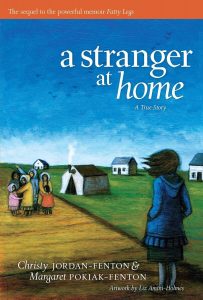 A stranger at home: A true story,
A stranger at home: A true story,
by Christy Jordan-Fenton and Margaret Pokiak-Fenton, artwork by Liz Amini-Holmes
Niveau scolaire (Grade level): 4 – 7
Traveling to be reunited with her family in the Arctic, 10-year-old Margaret Pokiak can hardly contain her excitement. It’s been two years since her parents delivered her to the school run by the dark-cloaked nuns and brothers. Coming ashore, Margaret spots her family, but her mother barely recognizes her, screaming, “Not my girl.” Margaret realizes she is now marked as an outsider. (Also available in French.)
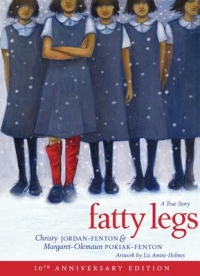 Fatty legs: A true story,
Fatty legs: A true story,
by Christy Jordan-Fenton and Margaret Pokiak-Fenton, artwork by Liz Amini-Holmes
Niveau scolaire (Grade level): 4 – 8
When she was very young, Margaret travelled with her father to Aklavik and was mesmerized by the vision of dark-cloaked nuns and pale-skinned priests. She begged her father to let her go to the outsiders’ school. But Margaret was unprepared for the oppression and pain she was to face during those difficult years.
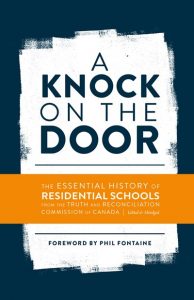 A knock on the door: The essential history of residential schools from the Truth and Reconciliation Commission of Canada,
A knock on the door: The essential history of residential schools from the Truth and Reconciliation Commission of Canada,
by the National Centre for Truth and Reconciliation
Niveau scolaire (Grade level): 9 – 12
Explores a range of areas studied by the TRC, including the history of residential schools, the students’ experiences, the schools’ legacy, and reconciliation and calls to action. (E-book only)
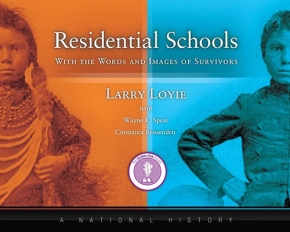 Residential schools: With the words and images of survivors,
Residential schools: With the words and images of survivors,
by Larry Loyie, with Wayne K. Spear and Constance Brissenden
Niveau scolaire (Grade level): 9 – 12
Loyie, a residential school survivor, gathers memories of residential schools from over 70 former students and family members, along with over 125 images, including some from the collections of survivors. Includes a map of residential school locations, a key dates poster, and a glossary of terms.
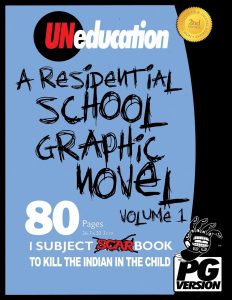 UNeducation,
UNeducation,
by Jason EagleSpeaker
Niveau scolaire (Grade level): 8 – 10
A graphic novel chronicling of an Indigenous family’s government-sanctioned exploitation in the residential school system.
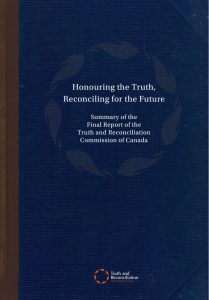 Honouring the truth, reconciling for the future: Summary of the final report of the Truth and Reconciliation Commission of Canada,
Honouring the truth, reconciling for the future: Summary of the final report of the Truth and Reconciliation Commission of Canada,
Niveau scolaire (Grade level): 10 – 12
A summary of the final report of the Truth and Reconciliation Commission (TRC) of Canada. Includes a summary of the commission’s activities, a detailed account of the history and legacy of residential schools, the challenges of reconciliation, and 94 calls to action.
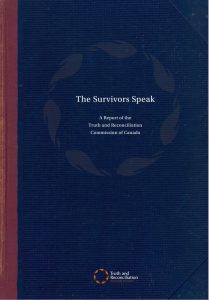 Survivors speak: A report of the Truth and Reconciliation Commission of Canada,
Survivors speak: A report of the Truth and Reconciliation Commission of Canada,
de Cecilia John
Niveau scolaire (Grade level): 10 – 12
As part of its work, the Truth and Reconciliation Commission of Canada provided former students—the Survivors of residential schools—with an opportunity to provide a statement on their experience of residential schooling. This is a volume of excerpts from those statements that was published as part of the Commission’s final report.
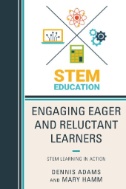 Engaging eager and reluctant learners: STEM learning in action
Engaging eager and reluctant learners: STEM learning in action The really useful primary design and technology book
The really useful primary design and technology book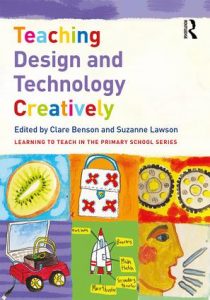 Teaching design and technology creatively
Teaching design and technology creatively STEM and ICT Education in Intelligent Environments
STEM and ICT Education in Intelligent Environments Primary design and technology for the future: Creativity, culture and citizenship
Primary design and technology for the future: Creativity, culture and citizenship Invent to learn: Making, tinkering, and engineering in the classroom
Invent to learn: Making, tinkering, and engineering in the classroom 100 ideas for teaching design and technology
100 ideas for teaching design and technology The new shop class: Getting started with 3D printing, Arduino, and wearable tech
The new shop class: Getting started with 3D printing, Arduino, and wearable tech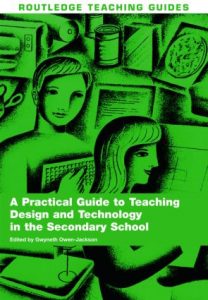 A practical guide to teaching design and technology in the secondary school
A practical guide to teaching design and technology in the secondary school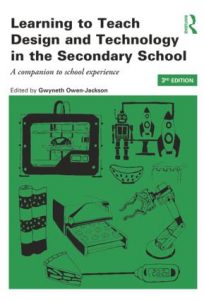 Learning to teach design and technology in the secondary school
Learning to teach design and technology in the secondary school Debates in design and technology education
Debates in design and technology education

 ArtBreak: A creative guide to joyful and productive classrooms
ArtBreak: A creative guide to joyful and productive classrooms Integrating the arts across the elementary school curriculum
Integrating the arts across the elementary school curriculum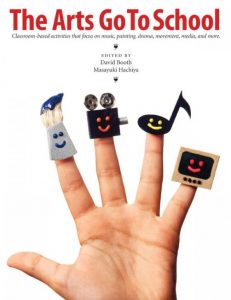 The arts go to school: Classroom-based activities that focus on music, painting, drama, movement, media, and more
The arts go to school: Classroom-based activities that focus on music, painting, drama, movement, media, and more Art teaching: Elementary through middle school
Art teaching: Elementary through middle school
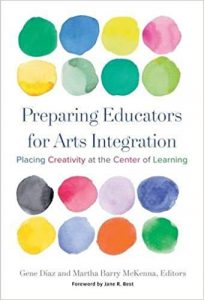 Preparing educators for arts integration: Placing creativity at the center of learning
Preparing educators for arts integration: Placing creativity at the center of learning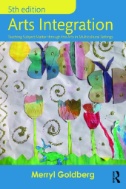 Arts integration: Teaching subject matter through the arts in multicultural settings
Arts integration: Teaching subject matter through the arts in multicultural settings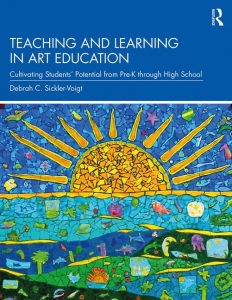
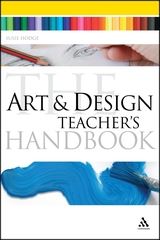 The art and design teacher’s handbook
The art and design teacher’s handbook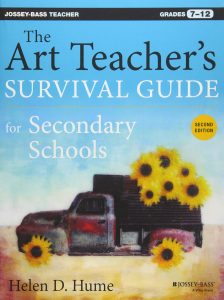 The art teacher’s survival guide for secondary schools: Grades 7-12
The art teacher’s survival guide for secondary schools: Grades 7-12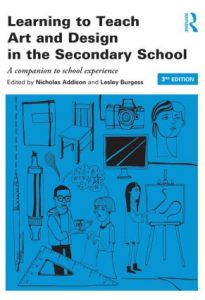 Learning to teach art and design in the secondary school: A companion to school experience
Learning to teach art and design in the secondary school: A companion to school experience
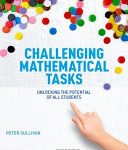
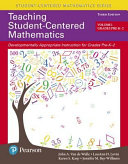
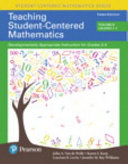
 The math teacher’s toolbox: Hundreds of practical ideas to support your students
The math teacher’s toolbox: Hundreds of practical ideas to support your students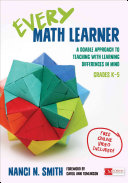
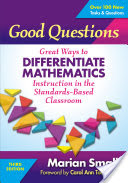
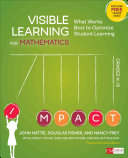
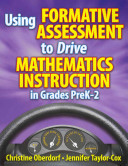

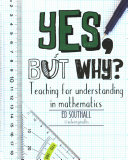
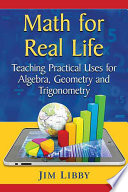



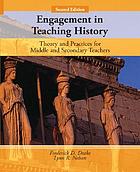
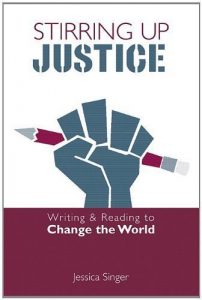


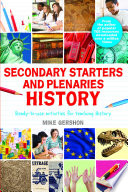

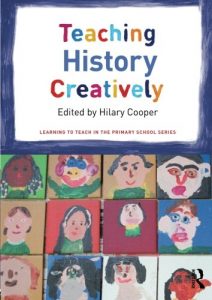
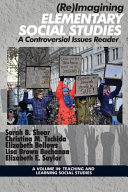
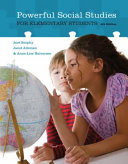
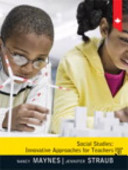
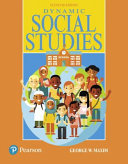

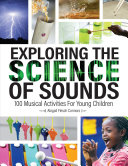 Exploring the science of sounds: 100 musical activities for young children
Exploring the science of sounds: 100 musical activities for young children Using the visual arts for cross-curricular teaching and learning: Imaginative ideas for the primary school
Using the visual arts for cross-curricular teaching and learning: Imaginative ideas for the primary school Object lessons: Teaching math through the visual arts, K-5
Object lessons: Teaching math through the visual arts, K-5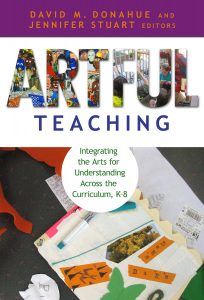
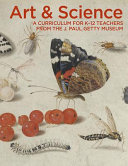 Art & science: A curriculum for K-12 teachers from the J. Paul Getty Museum
Art & science: A curriculum for K-12 teachers from the J. Paul Getty Museum The more we look, the deeper it gets: Transforming the curriculum through art
The more we look, the deeper it gets: Transforming the curriculum through art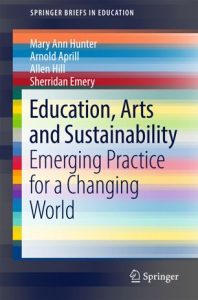 Education, arts and sustainability: Emerging practice for a changing world
Education, arts and sustainability: Emerging practice for a changing world Using art to teach reading comprehension strategies: Lesson plans for teachers
Using art to teach reading comprehension strategies: Lesson plans for teachers

